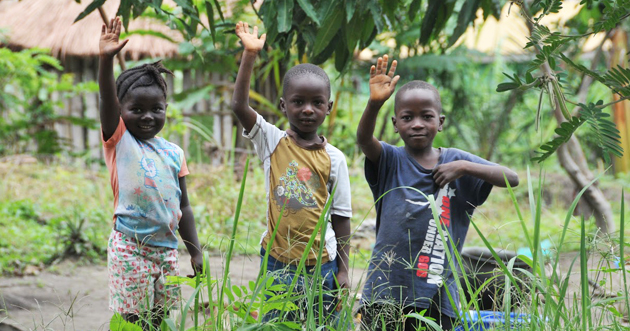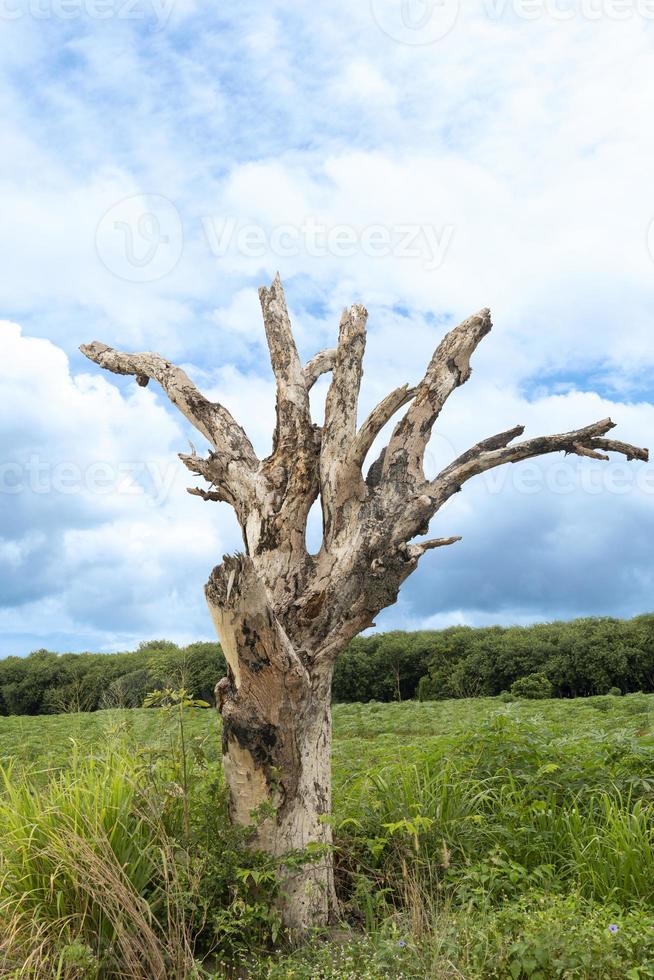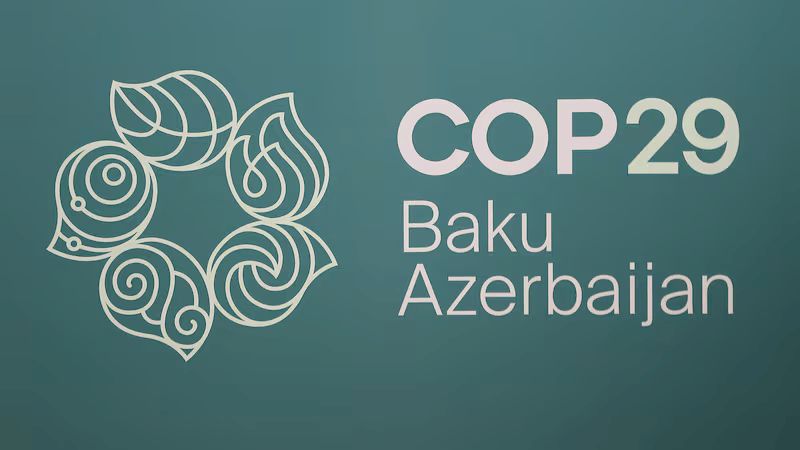
By Ugonma Cokey
In medical terms, communicable diseases are infectious and contagious diseases transmissible from person to person or from animal to a person. The spread often happens via airborne disease or bacteria, but also through blood or other bodily fluid or by a vector.
Nigeria has been particularly susceptible to communicable diseases like cholera, guinea worm disease, meningitis, ebola; some of which turned out as an epidemic and life threatening, the latest being the Lassa fever which the country has brought under control.
Lassa fever like the Ebola disease jolted citizens when the news of it broke. Lassa fever, named after the village of Lassa in Borno State, Nigeria, where it was originally discovered in 1969, is endemic in West Africa. The disease is a severe and often fatal hemorrhagic illness caused by Lassa virus and transmitted through a species of bush rats.
There have been countless outbreaks of Lassa fever of various magnitude and severity across West Africa. Annual incidences of is estimated at 300,000 infections and 5,000 deaths as many cases are still unaccounted for due to scarce resources to diagnose the illness.
Some West African countries including Sierra Leone, Liberia, Guinea, and Mali have also recorded confirmed incidences, but the presence of the Mastomys rodents across the African continent, indicates a strong possibility for the spread of the disease to those countries.
WHO estimates more than 60% of deaths in West Africa are due to communicable diseases. This is in spite of a plan by Health Ministers in West Africa to build a 10-year multimillion dollar regional centre for disease control with a high level reference lab in Burkina Faso and existing centre for disease control in individual countries.
Authorities of these countries are still caught unawares due to the contagious nature of the diseases and the unpreparedness of governments of these countries to prevent these diseases.
Since these diseases are linked to either sanitation or dirty environment, the unhygienic lifestyle of the citizenry increases the spread. According to health experts, dirt and unhygienic environment are the major causes of Cholera which has remained a threat to developing countries including Nigeria and other West African countries, while the bacteria is transmitted through contaminated water and food and linked to inadequate environmental management.
While some of these diseases are water borne, others are air borne while some have animals as reservoirs.
Unfortunately, most communities do not have potable water; the only source of water for drinking, cooking and washing is usually an almost stagnant stream, in some communities they even defecate in the same water and dump wastes in streams and rivers used for bathing and drinking while some communities still share water from the ponds with animals.
According to WaterAID, a non-governmental organisation, 6. 2% people in Nigeria don’t have access to safe water, over 1.2 million people which translates to two-third of the population don’t have access to adequate sanitation. The result is that over 92,000 children die every year from diarrhoea caused by unsafe water and sanitation in Nigeria.
Besides water and sanitation issues, animals that are natural hosts of certain viruses and pathogens like bat that spreads the Ebola virus and rats that spread Lassa fever are still being eaten and used for religious rites in some of these communities which make it easier for infections.
Overcrowding in most homes caused by the socio economic situation of these countries is also another source of spread of these contagious diseases. Since the disease are causes by bacteria, viruses, fungi etc. Their transmission is aided from person to person in these situations through body fluid like saliva and sweat, sneezing, coughing especially for the air borne ones.
Experts say the epidemics occur through feco-oral routes from faeces to mouth through flies, faeces, food, fluid and formites. This is more because of poor personal hygiene, poor waste disposal, indiscriminate dumping of refuse and lack of proper handling of waste.
The good news though is that these diseases are preventable. So rather than wait for an epidemic and use “fire brigade” methods to reduce or curb the spread of the diseases and prevent death which occurs in some situations, now is the time to work and plan strategically on how to reduce the outbreak.
The outbreak of Ebola in 2014 brought with it a lot of panic which affected the countries especially in the region both socially, economically and medically and led to loss of lives including that of doctors who helped stop the spread.
Some people even died from misinformation on how Ebola could be cured.
The same panic is noticed when there is an outbreak of cholera and other epidemics. With the outbreak of Lassa fever last year came the same panic, as the disease spread to about 17 states and 64 local government areas before it was managed. But rather than wait for an outbreak, the government should work on prevention.
Though medical experts say epidemics occur at different times of the year when the condition is suitable for it, and that some epidemics are influenced by temperature, humidity, rainfall, and some other factors they also agree that its propagation is assisted by human habits.
For this reason, there is need for education of the citizenry, on the disease, prevention, treatment, and availability of resources, proper sanitary habits and implementation of existing sanitary, waste disposal and other environmental laws. Governments should insist on sanitation days to clear bushes, gutters and drainage systems gutters to ensure the reduction of breeding sites for disease transmitting agents such as flies, mosquitoes, rodents and others.
Governments in the region should provide basic amenities like accessible and portable water to prevent the use of ponds and polluted streams. Provide low cost houses for affordability and reduction of overcrowded houses and open defecation. They should also ensure availability of health facilities and strong surveillance systems.
Lessons on hand washing, good sneezing habits should not be taught only when there is an outbreak, environment and health ministries in these countries should carry out permanent enlightenment campaigns using appropriate media, in disseminating health education messages, they should also mobilize community and religious leaders to help in the campaigns; especially with the non availability of vaccines for some of these diseases and refusal of vaccines by some people based on religion.
Health education should be brought back to the school curriculum from primary school where it has been removed and included where it is non-existent to enable children learn hygienic habits like hand washing with soap after defecation and before handling food from childhood. This means government will make education affordable for its citizens.
If governments of this region will take care of all these sanitary and environmental issues, and provide the required amenities, then communicable diseases will be reduced in the region as well as deaths because prevention is always better and cheaper than cure.











